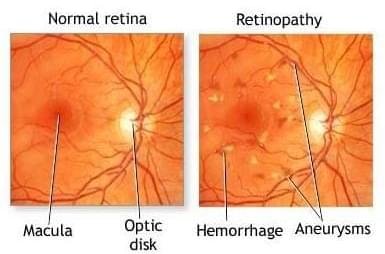New research shows that our brain’s internal map rewrites itself every time we navigate a familiar environment.
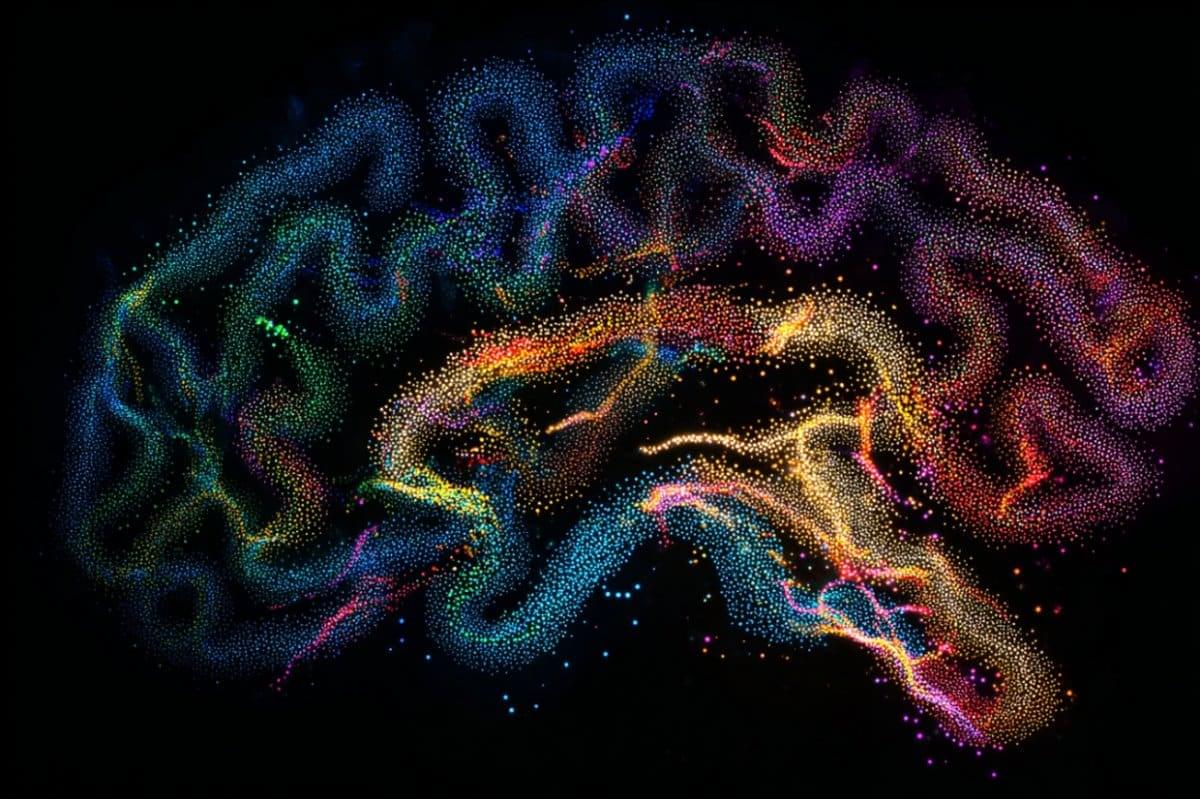

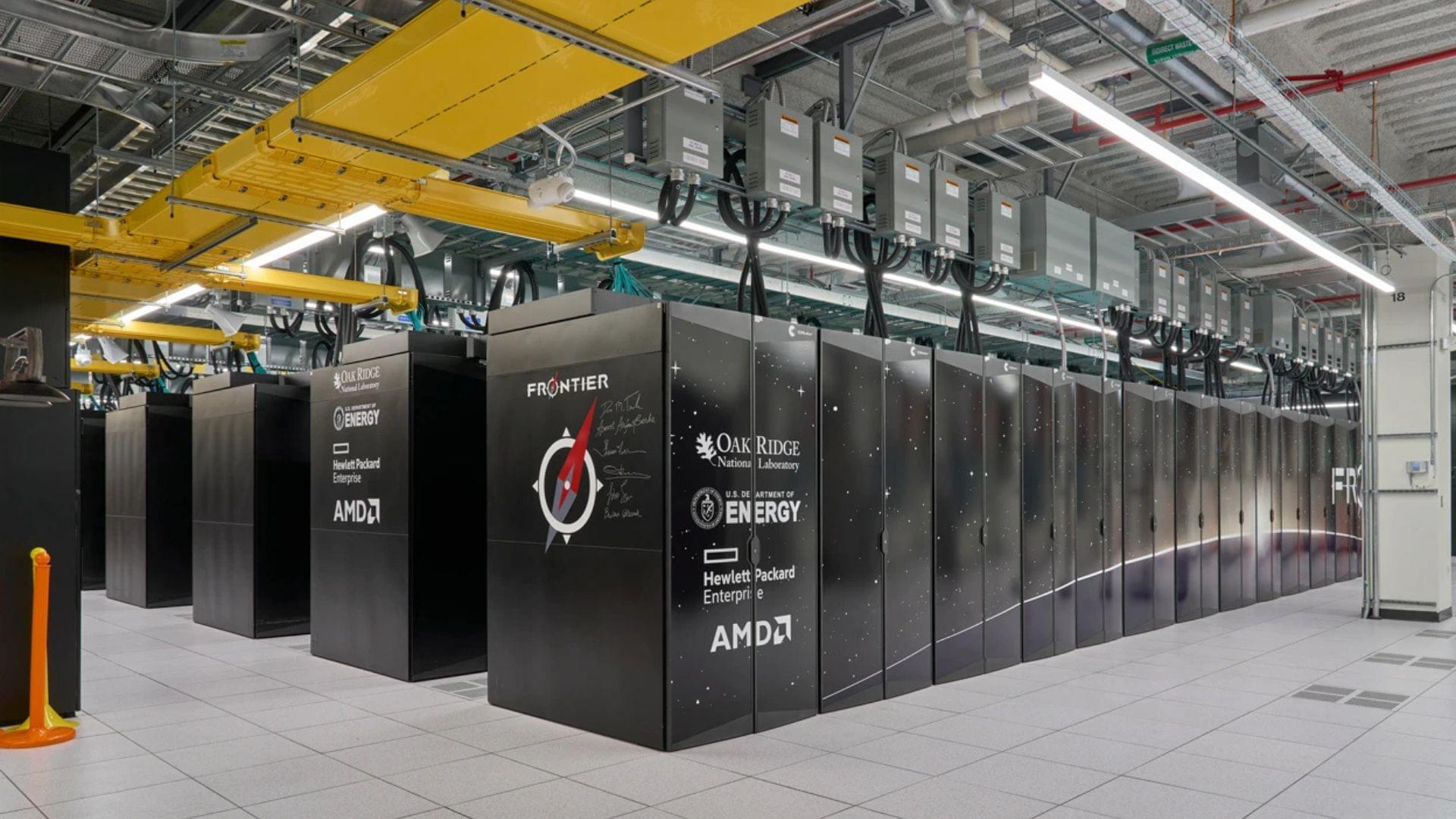


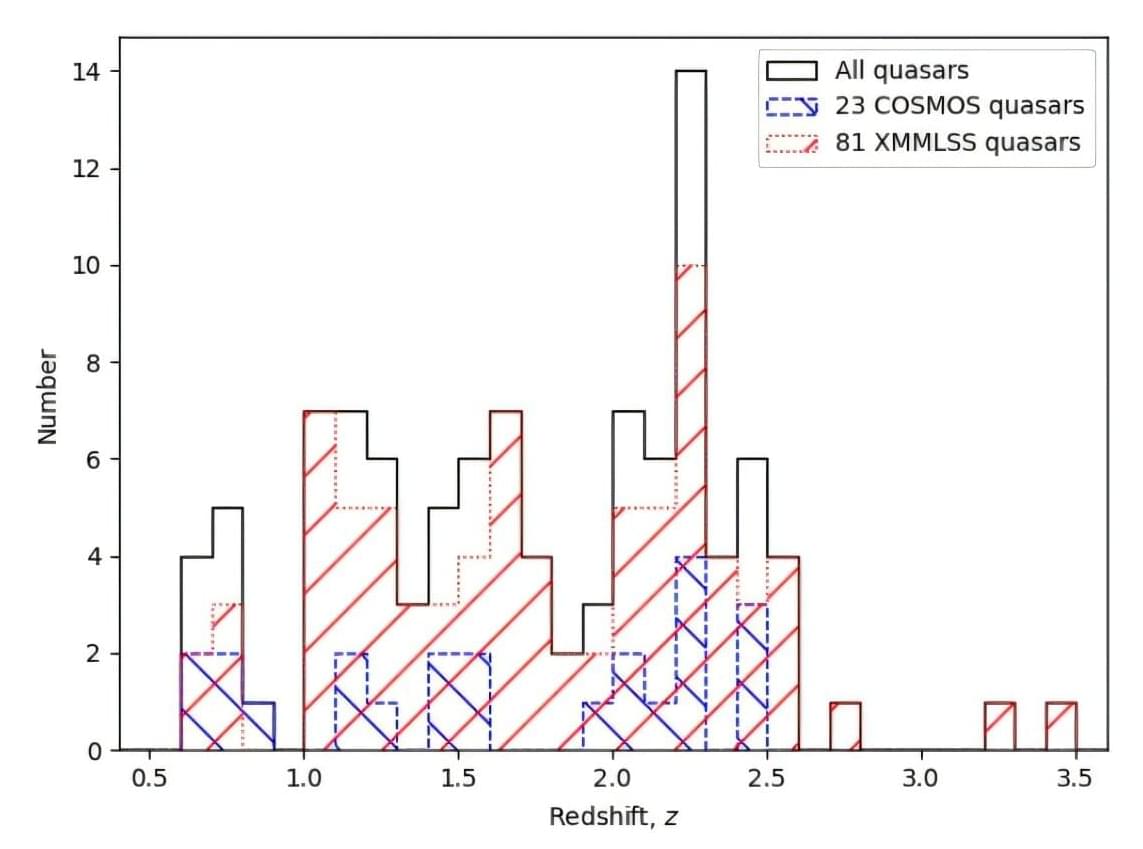
A team of astronomers from Rhodes University and elsewhere have investigated a sample of 104 quasars detected with the MeerKAT International GHz Tiered Extragalactic Exploration (MIGHTEE) survey. The new study, published July 16 on the pre-print server arXiv, could help us advance our knowledge about quasars and their properties.
Quasars, or quasi-stellar objects (QSOs), are among the brightest and most distant objects in the known universe, and serve as fundamental tools for numerous studies in astrophysics as well as cosmology.
In general, they are active galactic nuclei (AGN) of very high luminosity, emitting electromagnetic radiation observable in radio, infrared, visible, ultraviolet and X-ray wavelengths.

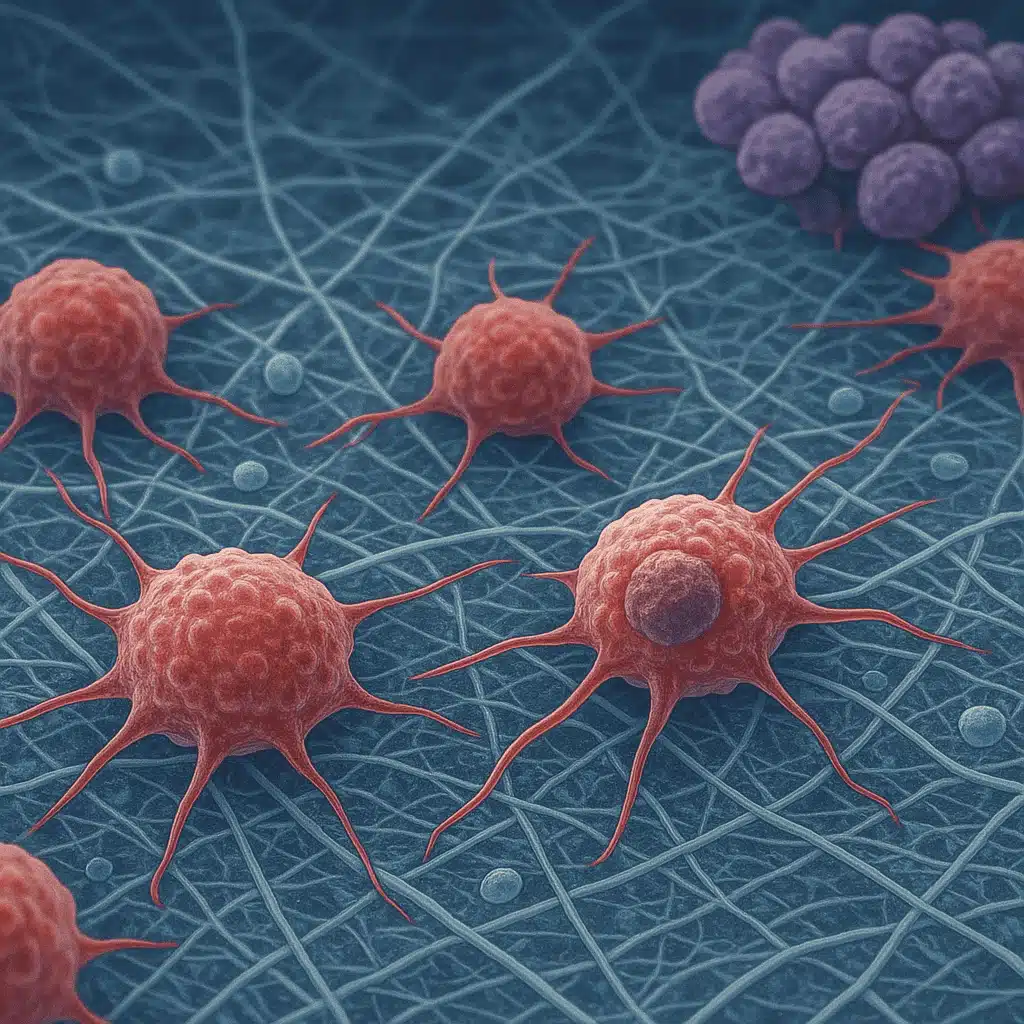
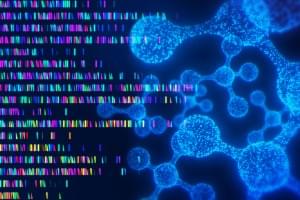
We use essential cookies to make sure the site can function. We also use optional cookies for advertising, personalisation of content, usage analysis, and social media.
By accepting optional cookies, you consent to the processing of your personal data — including transfers to third parties. Some third parties are outside of the European Economic Area, with varying standards of data protection.
See our privacy policy for more information on the use of your personal data.
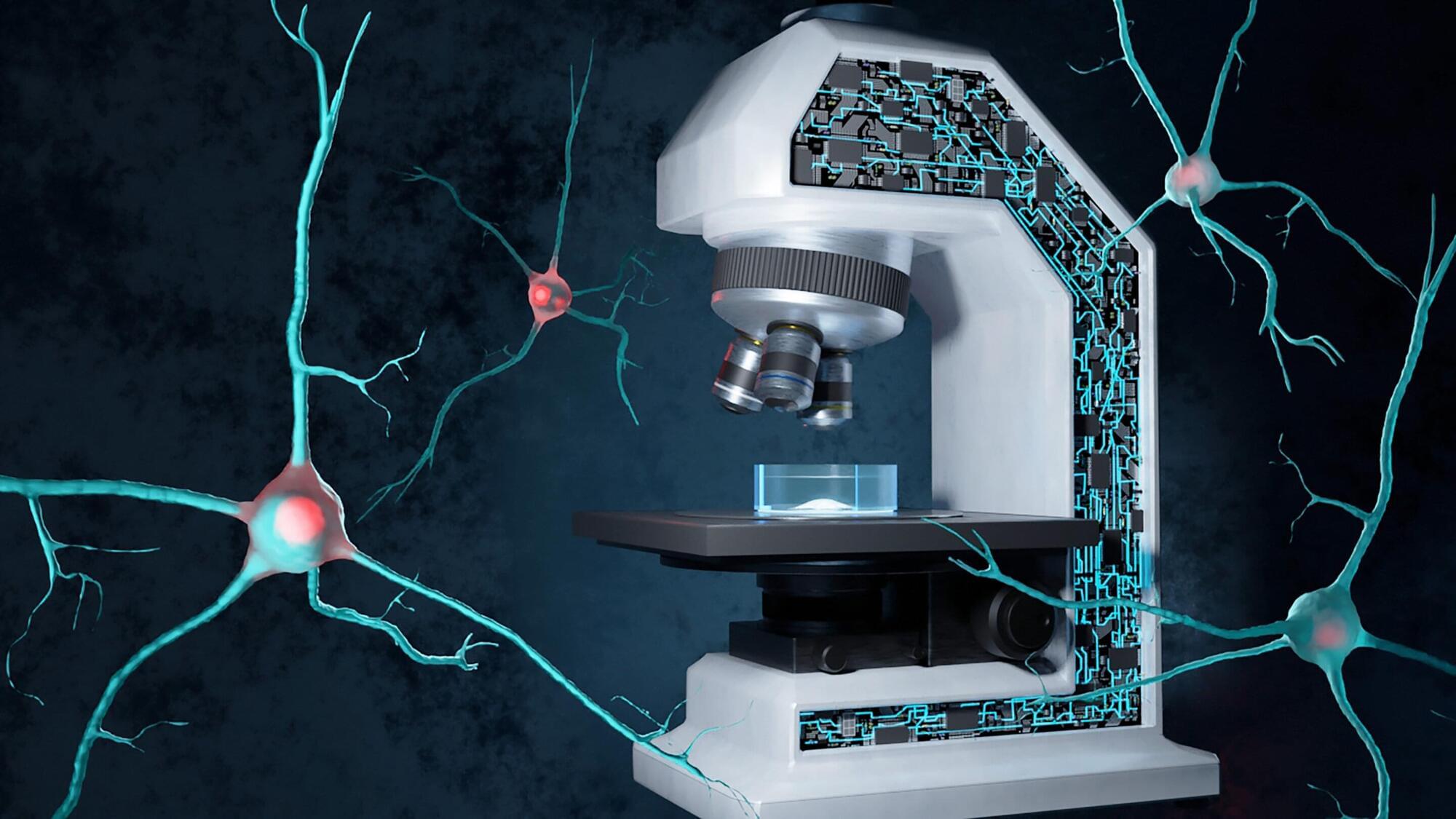
The accumulation of misfolded proteins in the brain is central to the progression of neurodegenerative diseases like Huntington’s, Alzheimer’s and Parkinson’s. But to the human eye, proteins that are destined to form harmful aggregates don’t look any different than normal proteins.
The formation of such aggregates also tends to happen randomly and relatively rapidly—on the scale of minutes. The ability to identify and characterize protein aggregates is essential for understanding and fighting neurodegenerative diseases.
Now, using deep learning, EPFL researchers have developed a ‘self-driving’ imaging system that leverages multiple microscopy methods to track and analyze protein aggregation in real time—and even anticipate it before it begins. In addition to maximizing imaging efficiency, the approach minimizes the use of fluorescent labels, which can alter the biophysical properties of cell samples and impede accurate analysis.
